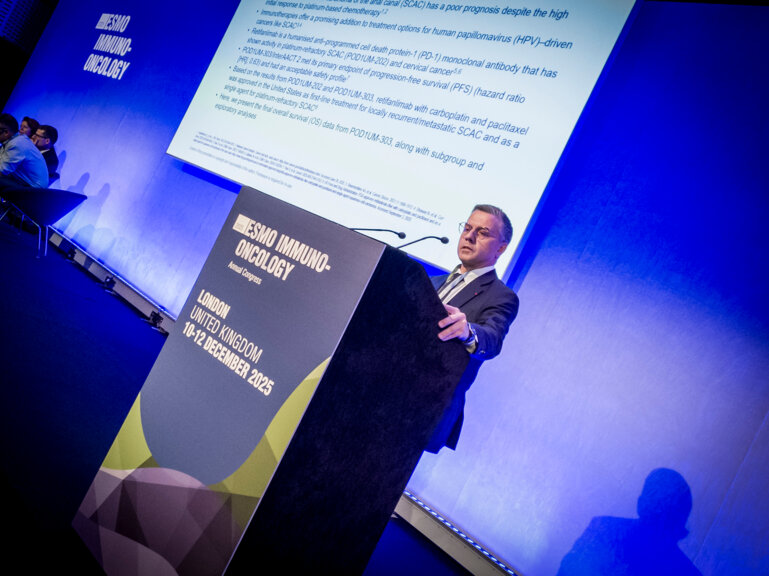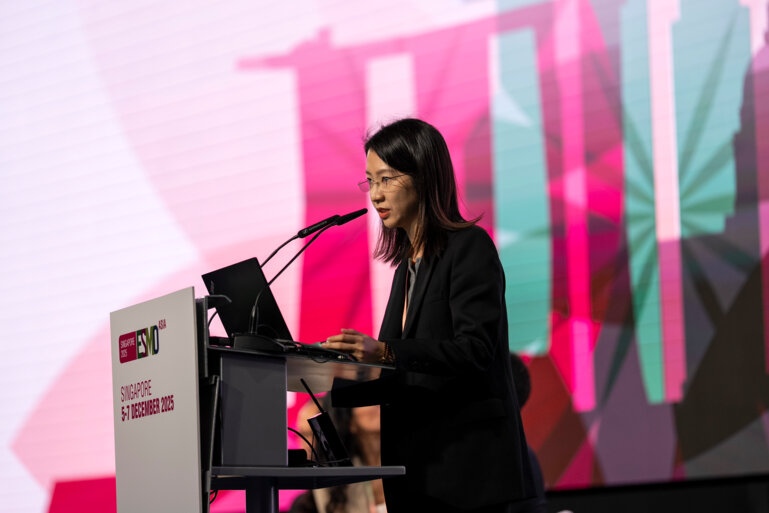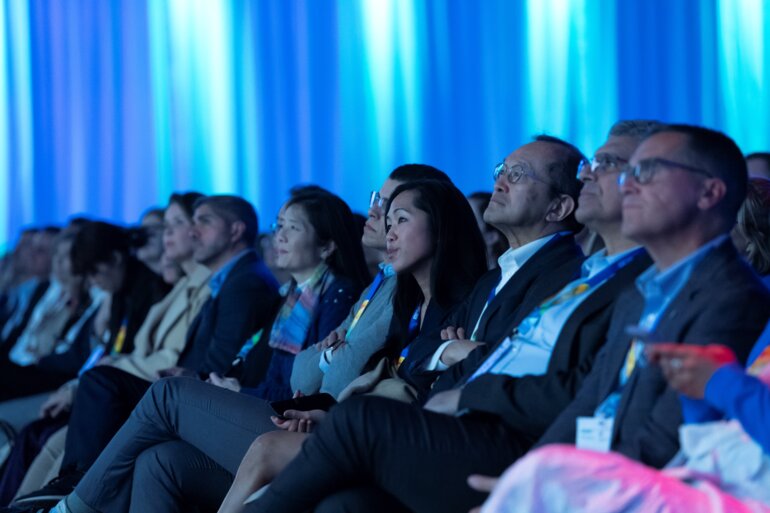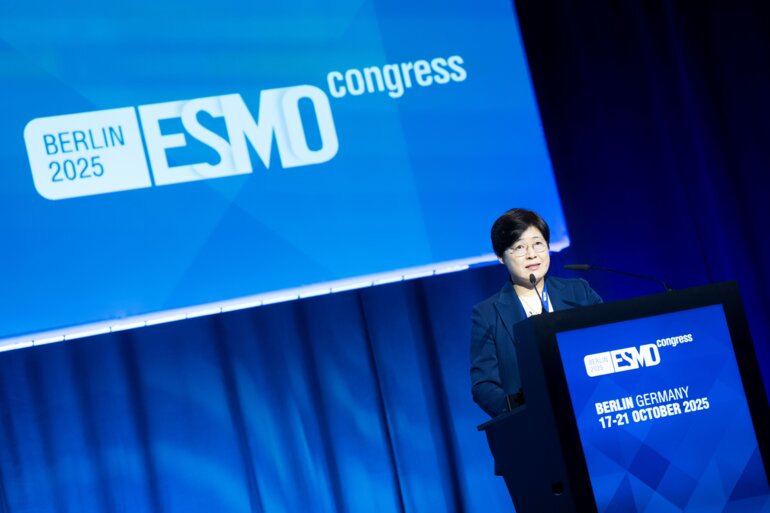Knock-on effects of early immune checkpoint inhibitor use stimulate consideration of alternative approaches for further treatment lines
East Asia, predominantly China, continues to have the highest prevalence of gastric cancer in the world (Lancet Gastroenterol Hepatol. 2020;5:42–54). The US FDA approval of nivolumab earlier this year as the first immunotherapy in the first-line treatment of metastatic advanced gastric/gastro-oesophageal junction (GEJ) cancer heralded a new addition to the therapeutic armamentarium for this disease. The obvious question now is, how will this impact on initial and subsequent-line treatments?
According to Dr Ian Chau, the Royal Marsden NHS Foundation Trust, London, UK, chairing the ESMO Webinar on Gastric Cancer during the ESMO Asia Virtual Oncology Week 2021, the paradigms are still evolving. “The first thing we need to consider is which patients will receive nivolumab-based therapy in the first-line setting, as different countries will have different eligibility criteria for nivolumab use,” he says. “For example, in the US there is no requirement for baseline tumour PD-L1 expression. In other countries, however, because efficacy of immune checkpoint inhibitors is more pronounced in patients with a PD-L1 combined positive score (CPS) ≥5%, it is likely that treatment will be restricted to these patients, and this is what we have seen with the recent European approval.” (Lancet. 2021;398(10294):27–40; Front Oncol.2021 Sep 1;11:646355)
There could be some impact of first-line immune checkpoint inhibitors on third-line treatment choices, although this will vary depending on national recommendations.
The use of immune checkpoint inhibitors in combination with chemotherapy in the first-line setting should have minimal impact on second-line treatment, which generally comprises paclitaxel plus the vascular endothelial growth factor receptor-2 (VEGFR-2) inhibitor ramucirumab. “Beyond this, there could be some impact of first-line immune checkpoint inhibitors on third-line treatment choices, although this will vary depending on national recommendations,” explains Chau. “For example, Japan, Korea and Taiwan commonly use nivolumab in the third-line setting and the US recommends pembrolizumab. In these countries, alternative approaches will be required if a patient has received nivolumab earlier in the treatment sequence, while it is unlikely that another third-line option, trifluridine/tipiracil, would be affected by prior immunotherapy use.”
Future studies should aim to refine the use of immunotherapy for gastric cancer, but other therapeutic targets that may be more appropriate for some patients should still be investigated. One example is patients with HER2-negative gastric cancer and low PD-L1 expression who, in countries outside the US, are unlikely to be eligible for immune checkpoint inhibitor treatment. “An approach currently undergoing investigation in clinical trials is the use of anti-claudin 18.2 monoclonal antibodies. The data look encouraging, but as yet we do not have the systems in place to identify which patients have tumours that both express claudin 18.2 and have low PD-L1 expression,” Chau remarks. For HER2-positive patients, where chemotherapy plus trastuzumab is the standard of care, anti-HER2-antibody–drug conjugates, such as trastuzumab deruxtecan, have been licensed in some countries in Asia and in the US for subsequent-line treatment.
Another promising approach is the use of chimeric antigen receptor (CAR)-T cells. “Results from a study in China presented at the ESMO Congress 2021 showed some very impressive response rates in patients with gastric cancer who had failed several previous lines of therapy, including prior checkpoint inhibitors, and suggest that CAR-T cells may play a future role in treatment,” says Chau (Ann Oncol. 2021;32(Suppl 5):S1040–S1075).
ESMO Webinar on Gastric Cancer. ESMO Asia Virtual Oncology Week 2021, 23.11.2021, h. 19:30 – 20:30 (Singapore time), Channel 1






